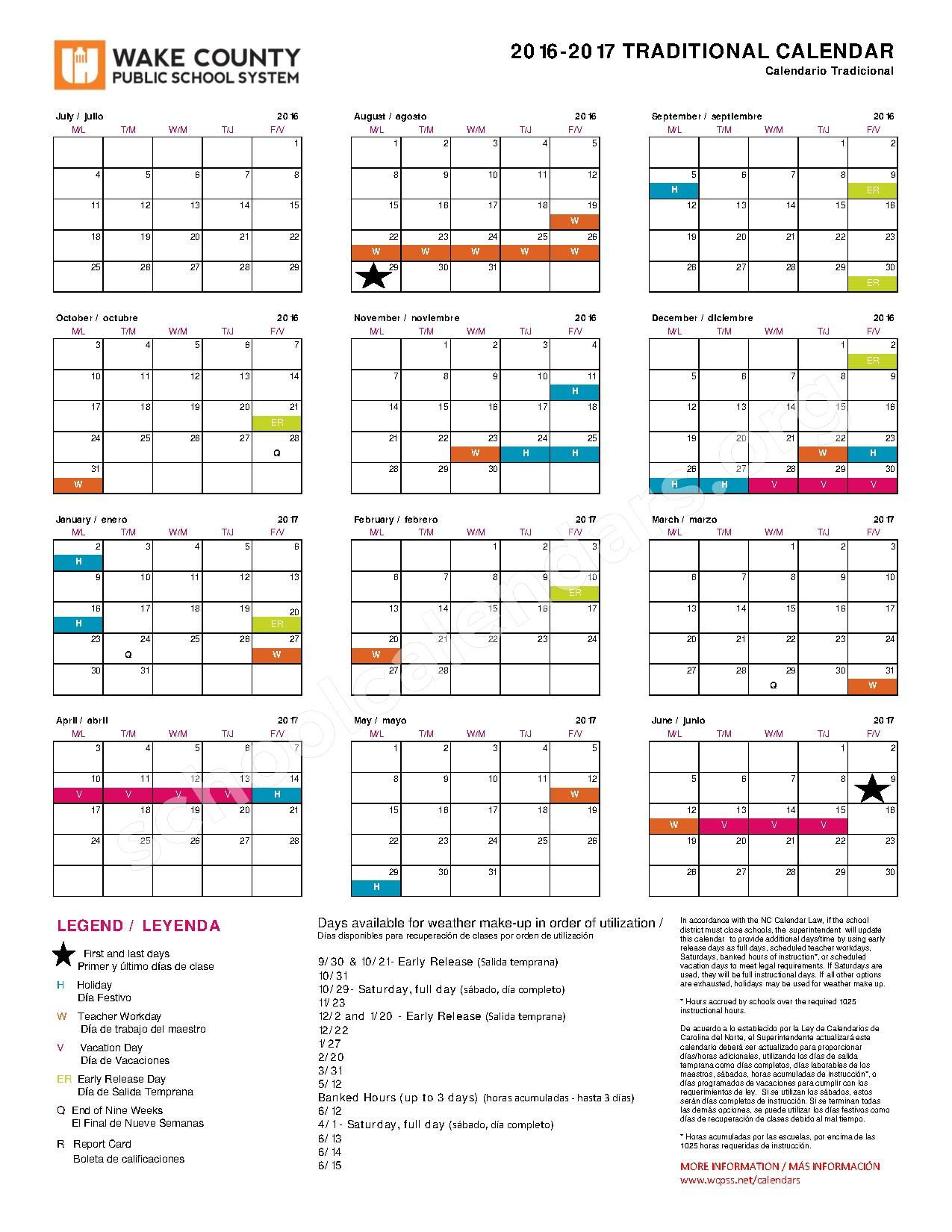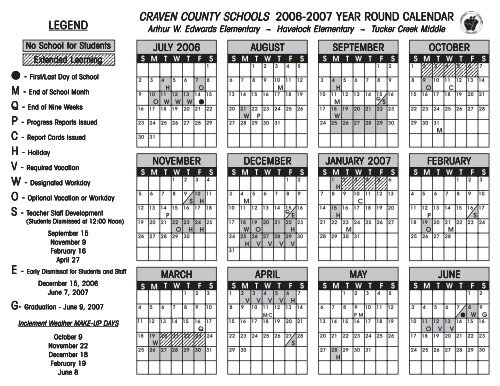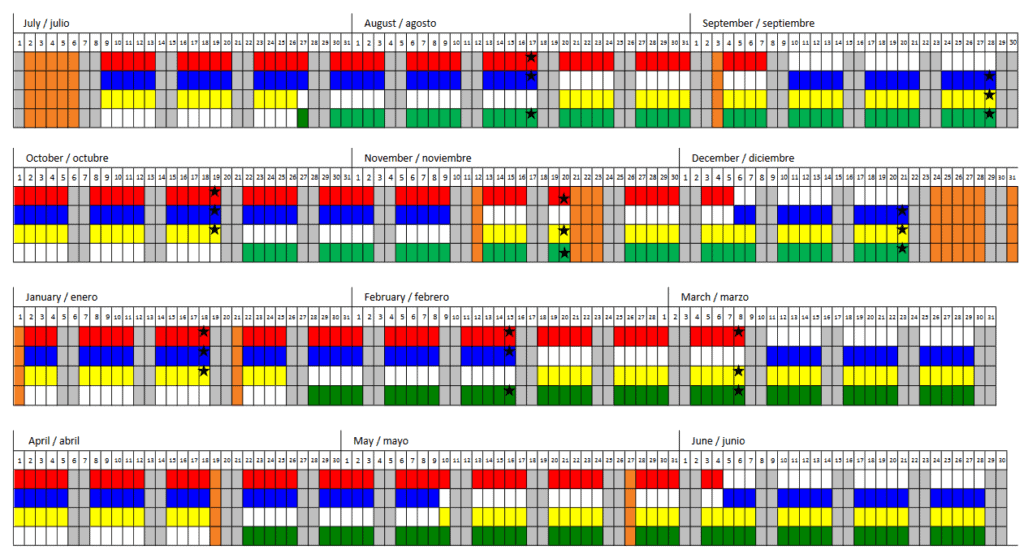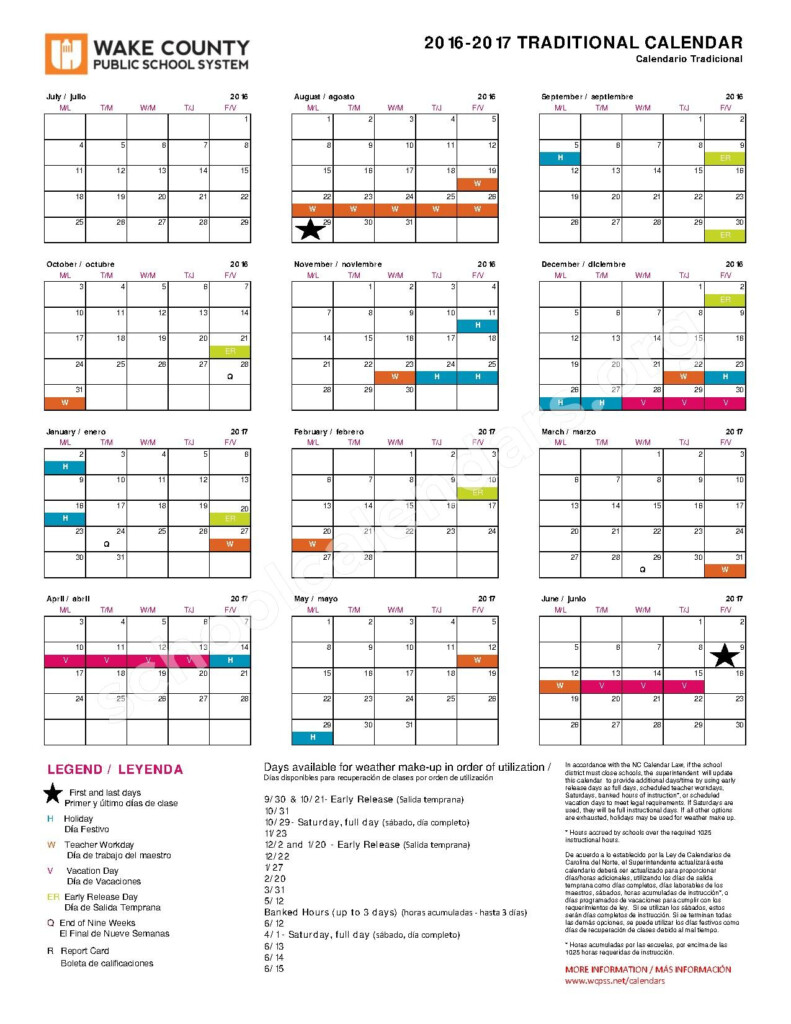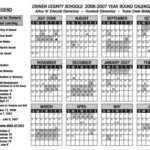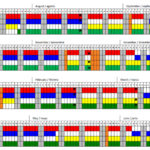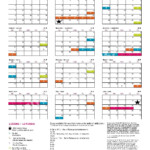Chicago Public Schools Year Round Calendar – The calendar for the school year and also known as the academic calendar, is a timetable that outlines the start and close dates of the academic year, in addition to important dates such as breaks, holidays, and the days of professional growth. It is a crucial instrument for schools to make plans and organize their school year. It also helps teachers, students and parents to prepare for upcoming events and deadlines.
How to Create a School Year Calendar
- Determine the dates of the start and the finish The first step to making a calendar for the school year is to determine start and finish dates of your academic year. This will depend on your school district and state regulations.
- Identify important dates: Once you have determined the date of the start and the end make note of important dates like breaks, holidays, and in-service days. These dates are listed on the calendar for the prior year or on your district’s site.
- Holidays and breaks Breaks and holidays: Plan breaks and holidays such as winter break, spring break, summer vacation. Make sure you include any additional days off including federal holidays and religious holidays.
- Include professional development and in-service days: In-service and professional development days are crucial for instructors to organize and get ready for school. Make sure you add these days in the calendar.
- Take into account unexpected events Make sure to be flexible and modify the calendar in the event of unexpected situations like inclement weather schools closing, unexpected circumstances.
Types of School Year Calendars
- Traditional Calendar: This is the most frequent type of school calendar that is used throughout the United States, where the academic year is usually from September, August or May or June, and includes breaks for summer vacations and holidays.
- Year-Round Calendar: This kind of calendar is designed to spread the school year across 12 months, and has brief breaks across the years instead of one long summer break.
- Hybrid Calendars: This kind comprises elements of both traditional and year-round calendars, and has longer breaks throughout the school day and a smaller summer break.
Academic Calendar vs. School Calendar
- Definition and differences The academic calendar is the schedule of the academic year, while the school calendar incorporates events and activities beyond the academic schedule that include sports, games or dances. Also, fundraisers and dances.
- Examples of each A calendar for academics could include end and start dates holidays, as well as exam dates, while a school calendar might include prom and homecoming week, and parent-teacher conferences.
Tips for Planning a School Year Calendar
- Gather input from all stakeholders Take part in the process of involving staff, teachers parents, students, and staff in the process of planning to ensure that the calendar meets the needs of the entire school community.
- Think about community events: Be aware of local events and holidays which could affect the school’s attendance or schedule for fairs, festivals, or religious holidays.
- Review the calendar of the previous calendar year: Evaluate what worked well and what wasn’t working in the previous year’s calendar, and draw on that experience to help improve the new calendar.
- Make sure you have the ability to be flexible for unexpected events, for example, weather-related closures or changes in the dates of state testing.
- Plan for contingencies: Have an emergency plan for the unexpected and emergency situations which could necessitate a change on the timetable.
Conclusion
A well-planned school year calendar is vital to a successful academic year. If you adhere to these guidelines and the best procedures, schools can build an effective calendar that caters to every need of the school community , and permits flexibility in case of unforeseen events. A carefully planned calendar can help teachers, students, and parents plan for the next year making sure that they have a happy overall academic experience.
